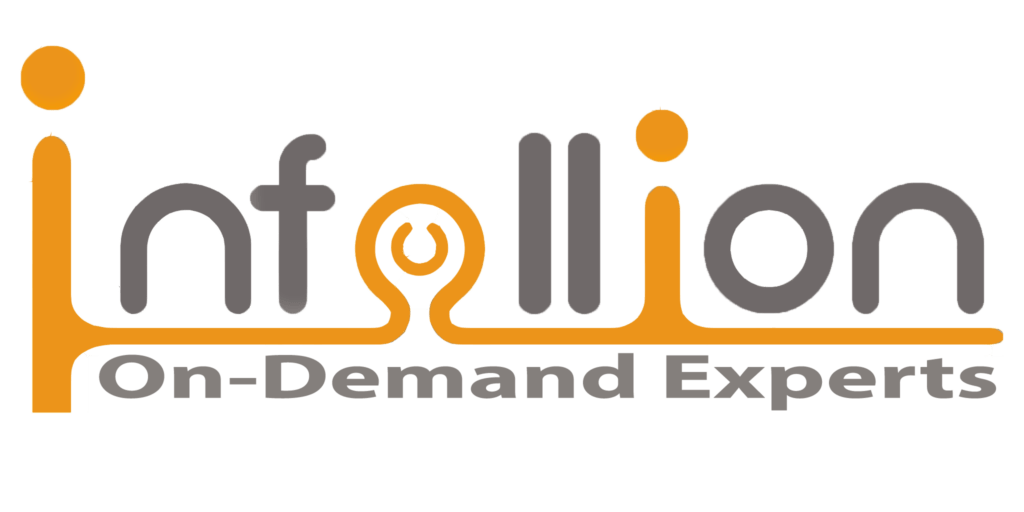Program Overview
This program dives deep into the transformative role of Internet of Things (IoT) technologies in enabling smarter, faster, and more resilient supply chains. Participants explore how connected sensors, RFID, GPS modules, and telemetry data create continuous visibility across shipments, fleets, warehouses, and factory equipment. From cold chain monitoring and fleet tracking to predictive maintenance of high-value assets, the session emphasizes practical applications across industries. Topics include IoT architecture, integration with ERP/WMS/TMS platforms, anomaly detection, energy monitoring, and predictive downtime alerts. Real-world case studies highlight ROI through improved OTIF, lower breakdown costs, and real-time ETA compliance.
Features
- Apply IoT use cases to improve visibility across inventory, fleets, and facilities
- Integrate sensor-based data into SCM and maintenance workflows
- Evaluate and select IoT solutions based on scalability, interoperability, and ROI
- Leverage predictive analytics to reduce equipment failures and service delays
Target audiences
- Supply Chain & Operations Managers
- Warehouse Supervisors & Plant Maintenance Teams
- Logistics Controllers
- Digital Transformation Professionals
Curriculum
- 4 Sections
- 17 Lessons
- 1 Day
Expand all sectionsCollapse all sections
- IoT Fundamentals in Supply Chain Context5
- 1.1Concepts: Sensor-based monitoring, edge computing, data relay architecture
- 1.2Keywords: Sensor Nodes, Edge Gateway, MQTT Protocol, Low-Power Wide-Area Network (LPWAN), Digital Thread
- 1.3Use Cases: Inventory condition tracking, Machine health monitoring, Location sensing for logistics
- 1.4Real-life Insight: FMCG company deployed IoT sensors across reefer fleet for location + temp tracking
- 1.5End-to-end IoT data pipeline – device to cloud to dashboard
- Real-Time Visibility – Asset, Inventory & Shipment Tracking4
- 2.1Application Zones: SKU-level visibility, Transit condition monitoring, Warehouse automation
- 2.2Keywords: RFID, BLE Beacons, RTLS (Real-Time Location Systems), Condition Sensors (Humidity, Shock, Temp)
- 2.3Case: Pharma exporter achieved 99.7% cold chain compliance using IoT-enabled track & trace
- 2.4Exercise: Map sensor placement for one transit and one storage scenario
- Predictive Maintenance Using IoT4
- 3.1Concepts: Condition-based vs time-based maintenance, anomaly detection, failure modeling
- 3.2Keywords: Vibration Sensor, Thermographic Imaging, Remaining Useful Life (RUL), SCADA Integration
- 3.3Real-life Insight: Automotive firm prevented unplanned downtime by using vibration-based motor failure prediction
- 3.4Predictive Maintenance Log (trigger → alert → diagnosis → fix)
- Architecture, Platforms & Integration4






